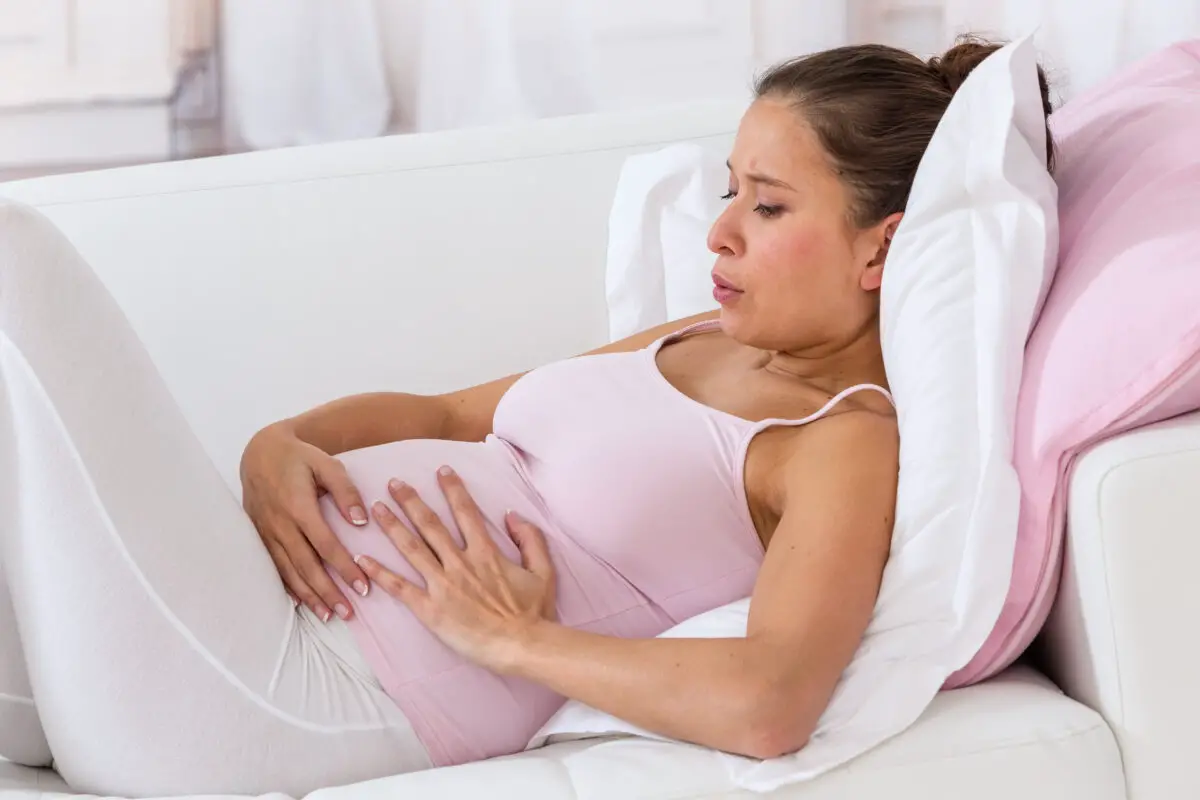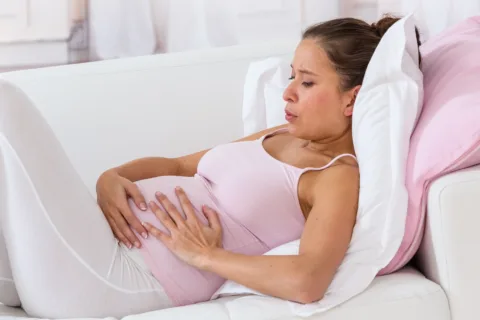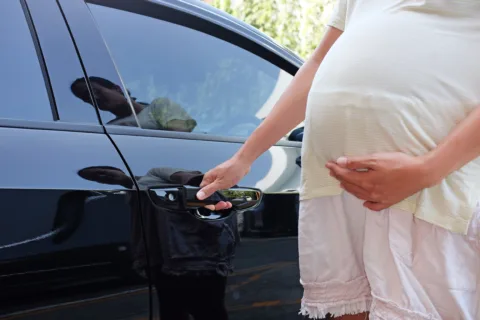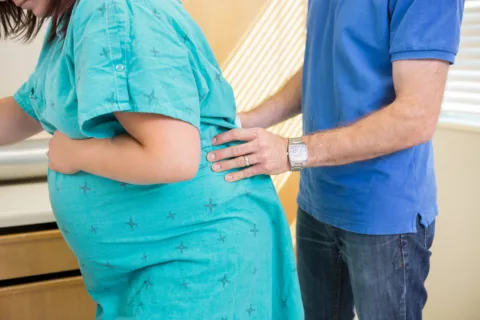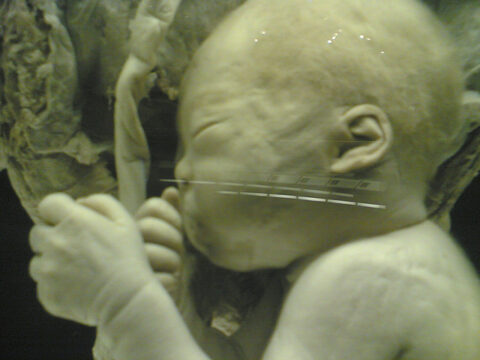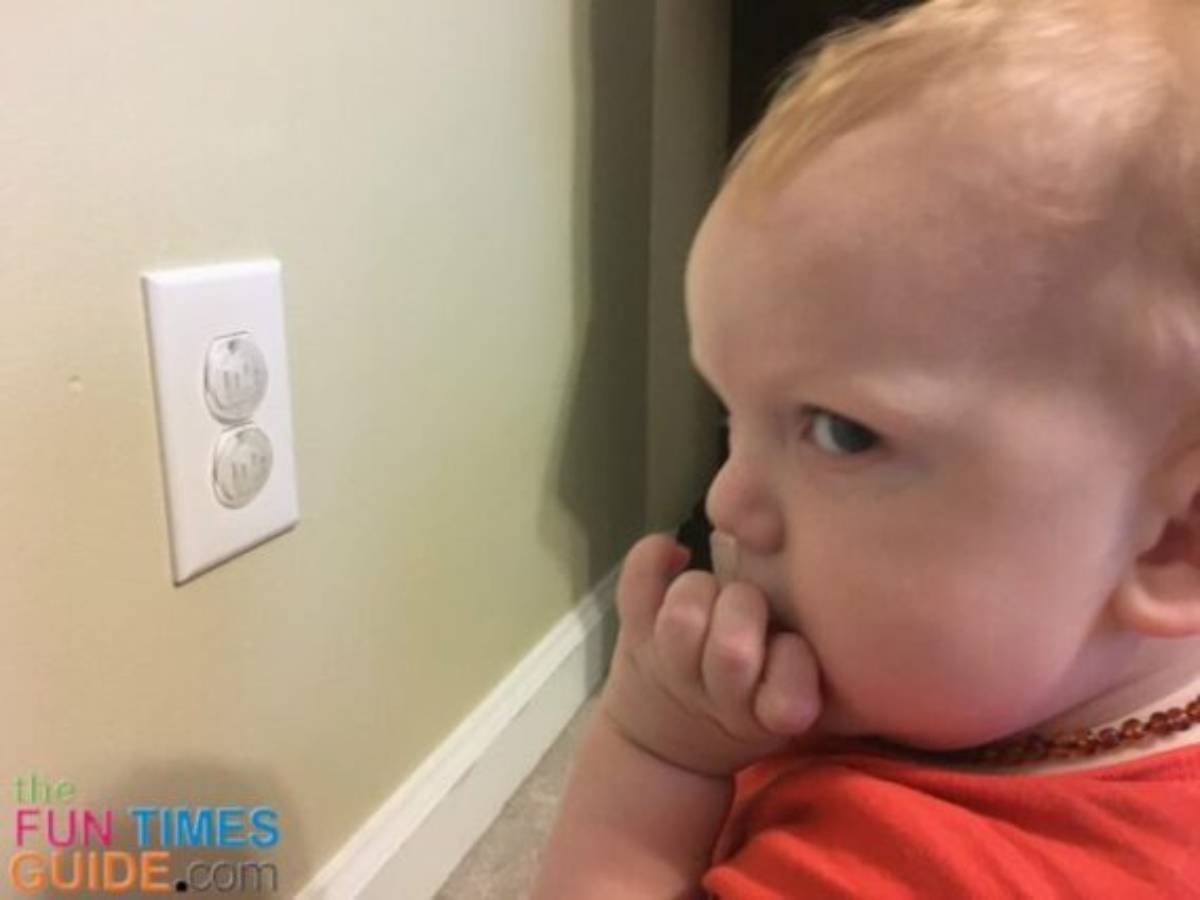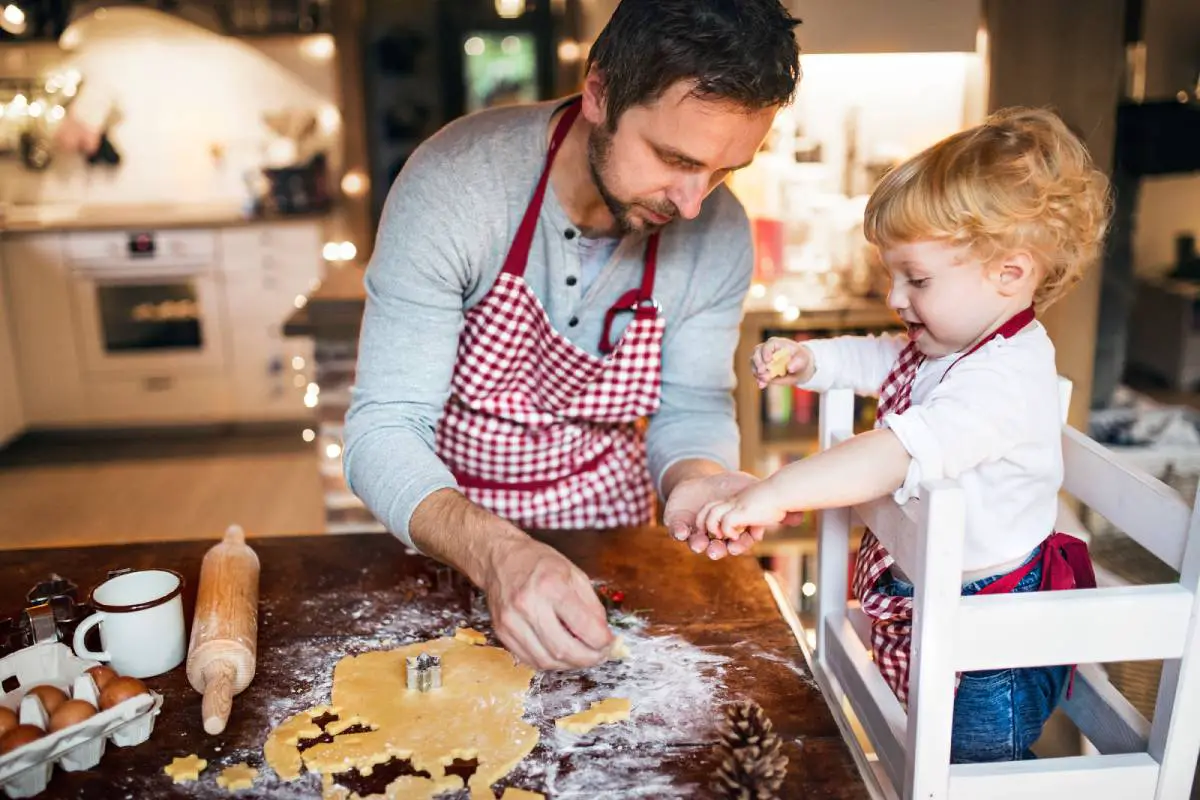Contractions are one of the early signs that your body is going into labor. Your body is preparing to deliver by pushing the baby through the birth canal by inducing dull pain in the abdomen and back.
However, there are many different types of contractions that you are likely to face throughout the stages of pregnancy that do not induce labor.
First-time moms… this is a guide to understanding what your contractions mean and how to know when it’s time to deliver your baby.
3 Types of Contractions
Pregnancy is different for every individual. So are contractions.
Contractions can vary by person, in terms of:
- Length of time
- Levels of pain
In the broader perspective, there are 3 main types of contractions you will become familiar with during your pregnancy.
Here’s how they’re different and what each type of contraction feels like:
#1 – False Labor Contractions (mostly back pain)
False labor (or prodromal labor) is simply contractions that do not result in delivering a baby.
False labor contractions can occur at regular intervals or irregular intervals, and their intensity can range from mild to strong. The gap between each contraction varies, but it won’t be as frequent as with real labor contractions.
Other symptoms of false labor contractions involve breathlessness and discomfort in your back and abdomen area.
The reason behind prodromal labor contractions is not 100% clear, but medical practitioners commonly believe that it is the body’s way of preparing the mother for real labor. Other reasons for false labor contractions can include:
- Previous pregnancy complications
- Physical attributes
- Position of the baby
- Worrying about the pregnancy
To ease the discomfort from false labor contractions, try to involve yourself in easy physical activities — like walking, dancing, deep breathing, or simply staying upright.
#2 – Braxton Hicks Contractions (mostly abdomen pain)
Braxton Hicks contractions can start as early as 6 weeks into your pregnancy, but they occur mainly during the second and third trimesters.
These contractions can feel like menstrual cramps — they’re not nearly as high in intensity as false labor contractions. Their level of intensity can range from mild to strong, but they do not increase or occur at regular intervals. Nor do they stay for long.
The main difference in Braxton Hicks contractions compared to prodromal contractions are the pain areas. With Braxton Hicks contractions, the pain is heavily focused on the abdomen region — not the back. The acute pain occurring on the sides of your abdomen is known as round ligament pain. The pain is from the stretching of the ligaments that support your growing uterus, which is attached to your pelvis. It’s a sign that your body is growing to make room for your baby.
Braxton Hicks contractions will make you uncomfortable with dull pain, but these contractions do not dilate the cervix or induce labor.
You can relieve the pain from Braxton Hicks contractions by changing your position or your activity — which, in turn, will relax your body.
#3 – True Labor Contractions (pelvic and back pain)
In the last weeks leading to the birth of your baby, you may encounter a series of symptoms and contractions leading up to the real labor, which has 2 stages — early labor and active labor.
Here’s how your labor contractions will be different in each stage of labor…
Early Labor Contractions
In the early labor stage, the dilation of the cervix begins — it’s the first sign you that you are going into labor. Dilation of the cervix ranges from 0 to 7 centimeters in early labor. (Dilation should be over 10 cm for the baby to pass through the birth canal.)
Early labor contractions are similar to prodromal contractions. They are characterized by:
- Dull ache in the back
- Strong cramps
- Difficulty in breathing
- Pressure in the pelvic region
This is the time to prepare yourself for real labor, by either going to the hospital or readying for a home birth.
Active Labor Contractions
According to What To Expect, “No one knows for sure what triggers real labor contractions, but they’re believed to start with the fetus, whose brain sets off a relay of chemical messages that probably translate to something like “Mom, get me out of here!”
Those fetal messages kick off a chain reaction of hormones in the mother that pave the way for the work of prostaglandins and oxytocin — substances that trigger labor contractions and notify your body that all systems are “go”.
You will know that you’re in active labor when your contractions start occurring at regular intervals and the pain intensifies with each contraction.
True labor contractions will begin to last more than 1 minute, and the pressure will build with an urge to push the baby out. The pressure will be directed to the rectum area — which can make you feel like having a bowel movement.
Did You Know?…
The rupture of the membranes or “water breaking” before going into labor happens to only 15% of women. Instead, the membranes usually rupture spontaneously during labor, or they are artificially ruptured by doctors.
Wondering what happens when your water breaks? Here’s what it feels like and how much fluid comes out.
If your due date has come and gone and there’s no sign of you going into labor, here are some methods to induce labor naturally.
I like to help people find unique ways to do things in order to save time & money — so I write about “outside the box” ideas that most wouldn’t think of. As a lifelong dog owner, I often share my best tips for living with and training dogs. I worked in Higher Ed over 10 years before switching gears to pursue activities that I’m truly passionate about. I’ve worked at a vet, in a photo lab, and at a zoo — to name a few. I enjoy the outdoors via bicycle, motorcycle, Jeep, or RV. You can always find me at the corner of Good News & Fun Times as publisher of The Fun Times Guide (32 fun & helpful websites).
